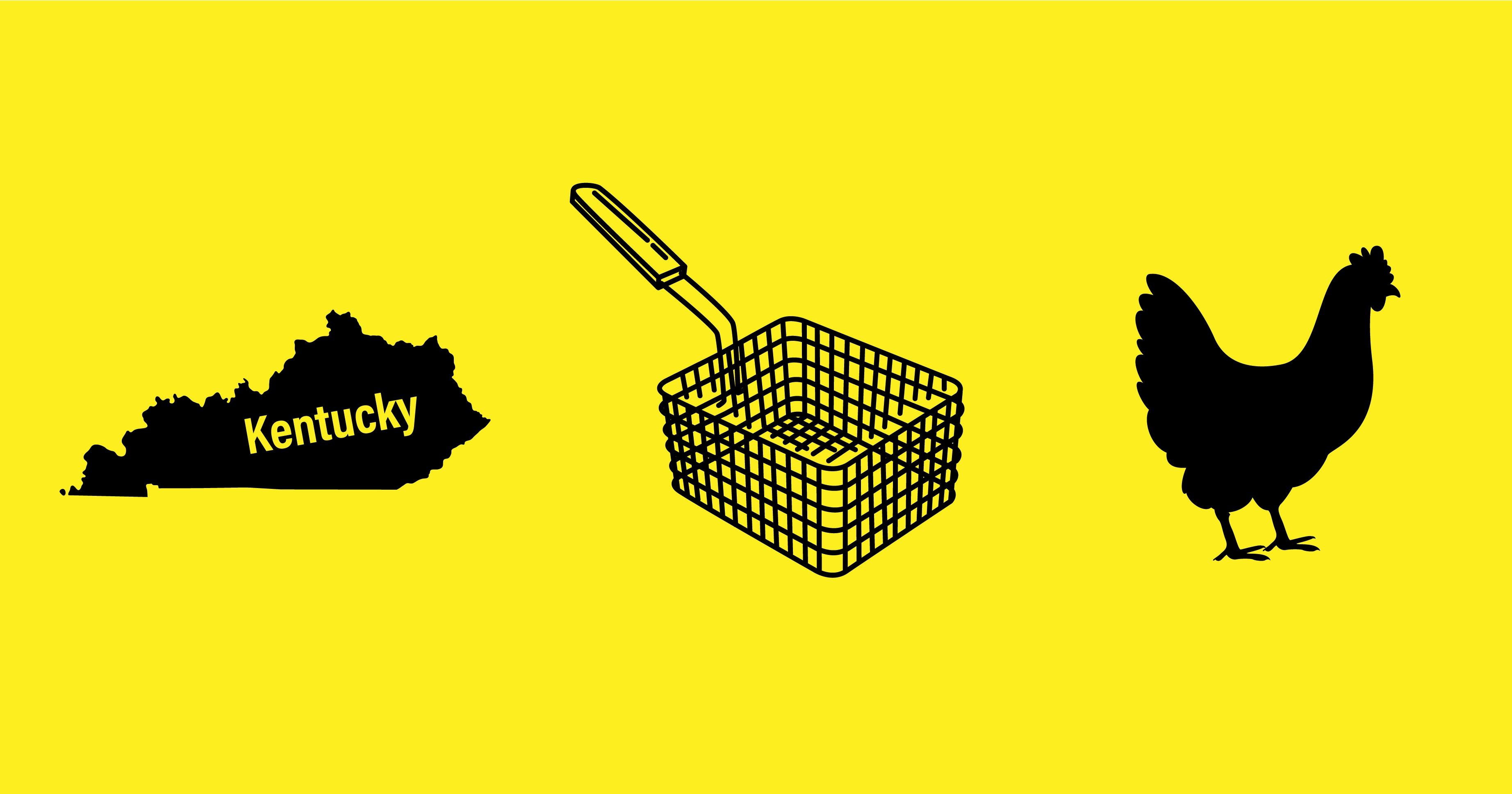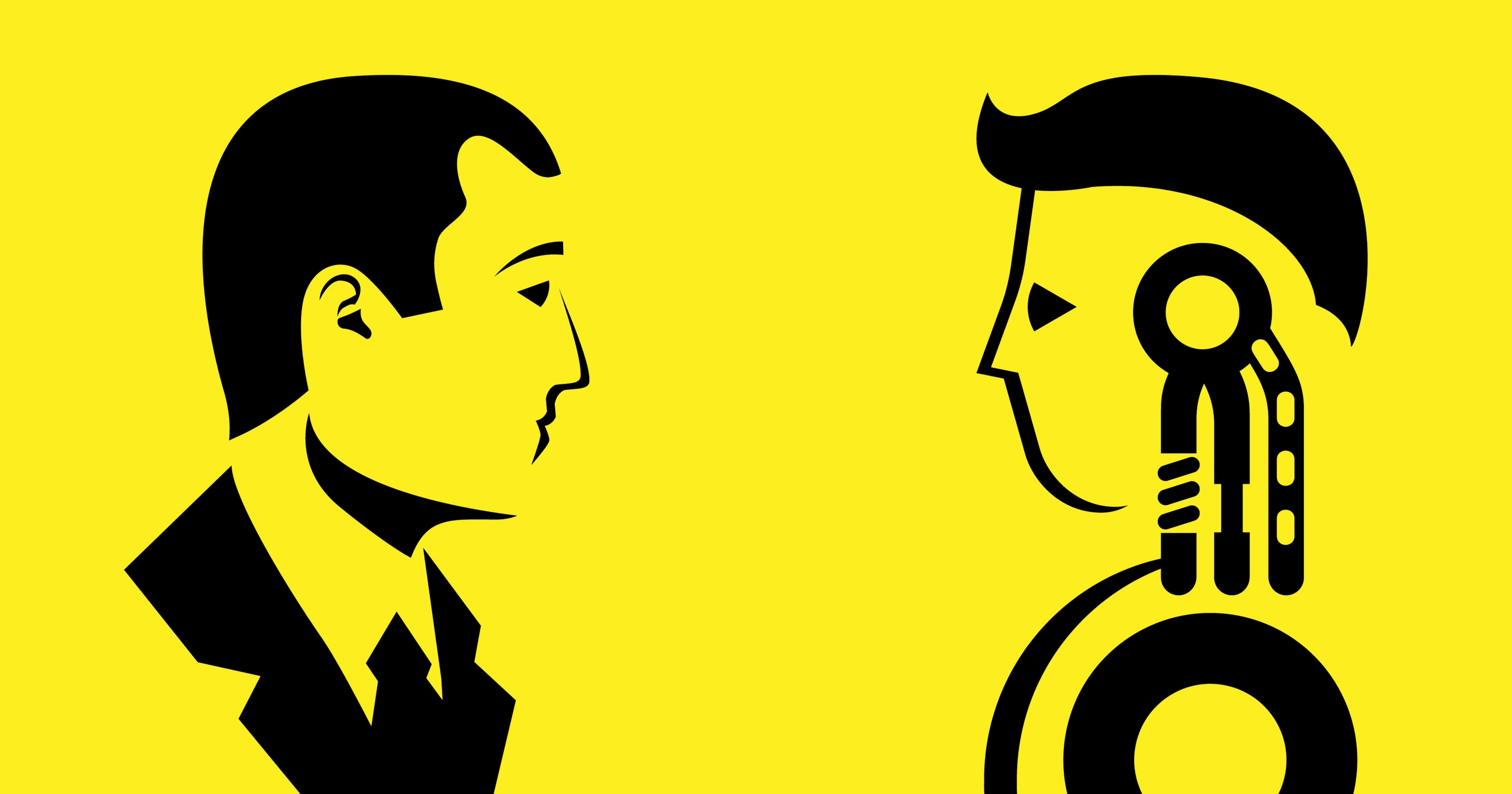
Long copy vs Short copy: When to use which
It’s now a well-quoted fact that modern customers’ attention spans are shortening. In response, many marketers try to get their key brand messages across in as few words as possible. However, to make a real connection with audiences, you need to be able to tell your full brand story. This means using more words, or does it?
Since the early 2000s, the amount of time people can focus on one task has dropped from two minutes 30 seconds to 45 seconds. This is partly due to the phenomenal amount of information being pushed at us via mobile phones and other technologies. To try and communicate to customers in these fleeting moments, some brands have condensed messages into short, snappy pieces of copy.
However, with a brand’s sustainability, experience and values being top of many customers' minds, a few words aren’t always enough to satisfy their needs. Whether you’re describing where your products come from, what matters to your business or trying to tell your brand story, there are times when a maximum of ten words just won’t do.
So, what length should you use when? We’ll weigh up the pros and cons of short and long copy to help you write in line with your marketing goals.
Why choose short copy?
Impact. Attention-grabbing. Intrigue. Keeping messages as brief as possible has a lot of pluses. Using less than five well-chosen words makes your brand look witty, funny, cool and energetic. A punchy catchphrase is also easily recalled. Think “I’m lovin’ it”, “Every little helps” and “Just do it”. When it comes to a purchase decision, customers are more likely to remember short taglines.
Short phrases can also draw audiences’ eyes by capturing emotions, needs or experiences. However, with such little breathing room, you need to choose the right words. Be clear, unbiased and considerate to ensure there’s no space for misinterpretation. If a message is misunderstood or ineffective, there’s no scope for caveats.
Why opt for longer copy lengths?
On average, a fiction book is between 50,000 and 110,000 words long. You might have slightly less than that to play with, but it shows there’s still an appetite out there for stories. If you want to explain who your brand is, where it comes from and what its values and goals are, then customers will still be open to hearing it.
Lengthier copy is also great for delivering information. From details about your products, their origins, materials or features to helpful guides about how to use your services, customers will be open to reading longer content that helps them understand or meets a particular need.
However, when you’re expanding your word count, you need to keep the audience in mind and make the copy engaging, useful or interesting. Otherwise, you could cause multiple deaths by word salad.
When does short copy work?
Whiskey, workouts, meetings - some things are better shorter. But when is brevity the best option for copy?
Capturing your brand
Not every brand can encapsulate their essence in two words. With the help of emotive visuals, banking disruptor Monzo managed it in their 'Money Never Felt Like Monzo' campaign. The brand harnessed the power of short copy with a series of scenarios where stressful, painful ‘Money’ is contrasted with at-ease, playful ‘Monzo’.
This clever use of succinct and punchy copy communicates several brand benefits in a simple and clear way to the viewer. It tells audiences the plus-points of using the platform, how it could make customers’ lives better and hints at the experience they’ll get while using Monzo. As bold and bright as their bank cards, it distinguishes the brand in a short, snappy way.
Evoking audience emotion
The 2018 'Dream Crazy' campaign tapped into (kings of short copy) Nike’s main brand emotion - inspiration. Visuals featuring athletes who’ve overcome adversities and broken the mould to become sporting legends are accompanied by copy that sums up their greatness in a short, poignant and high-impact way.



Using words and phrases like ‘hero’, ‘change the world’ and ‘own it’, these aspirational terms inspire the audience to be like these individuals and take on their dreams. This approach also captures Nike’s brand purpose, to encourage people to push through challenges, work hard and achieve their goals.
Summing up what you do
Fun, adventure, love - It Started With Bumble. The dating brand’s campaign invited users to share romance stories that began on the app for a chance to tie the knot in Vegas.
By showing these real-life couples, the competition acted as a proof point for the app and gave audiences a sense of the excitement and joy they could get from using it.
The short copy, catchy tagline for the campaign hints at the potential for love using the brands app. In this one phrase, Bumble captures precisely what they do, what the customer can experience and their essence of the brand.
When is long copy most effective?
If audiences are going to spend time reading your extended soliloquy, then you’ve got to make it worth their while.
Communicating brand personality
If Nike are the kings of short copy, then challenger cereal brand, Surreal, are the Gods of long copy (in our humble opinion). They caused a stir by signing Dwayne Johnson and Serena Williams to endorse their product for its OOH campaign. However, if you look closely at the detail, you’ll find that ‘Dwayne Johnson’ is actually a London bus driver and ‘Serena Williams’ is a student.



The witty clarifications continued in a follow-up campaign which threw cereal in the face of normal marketing rules. By making audiences laugh and feel clever for getting these jokes, Surreal recreated their brand personality of ‘adult playfulness’ and distinguished themselves in the market.
Persuading people to act
Some people say that honesty is the best policy. Global beverage company Oasis took this to a new level with their ‘Refreshingly Honest’ summer ad campaign. This approach tried to convince audiences to buy Oasis so they can ‘hit their sales targets’ through a series of long-form copy ads.



The insight at the creative’s core was that some young people believe advertising purpose is overplayed. As The Corner’s co-creative director Robert Amstell said, "They’re savvy and see right through it. Rather than try and convince them otherwise, we just joined in and laughed with them."
By saying out loud the words that were on the tips of their target customers’ tongues, they highlighted an honest, straight talking brand persona using the power of long copy marketing.
Deepening connections
Spotify has transformed the way people find and enjoy music and podcasts, giving people around the world easy access to the content they can’t get enough of and discover new favourites. To re-engage audiences with their purpose, their long-copy campaign played on the emotional connections users have with their playlists.



By placing Spotify alongside particular life moments or thoughts, long copy was used to emphasise the platform’s ability to elevate the everyday. It also showed that the brand understands and meets customers’ needs, even in their most difficult moments. This helped Spotify to re-emphasise its personableness and reconnect with audiences.
What copy length is going to get the most impact for your marketing?
Length is just one element of writing great copy. The words you choose and how you structure them are equally as important.
If you’re still stuck mid-sentence, our creative wordsmiths can help. To find out how, call us on 01926 754038 or drop us an email at hello@designmc.org
LET’S TALK
Looking to realign, refresh or redevelop your brand or business marketing strategy? Send us an email at hello@designmc.org or, give us a call direct on 01926 754038 for an informal chat.

